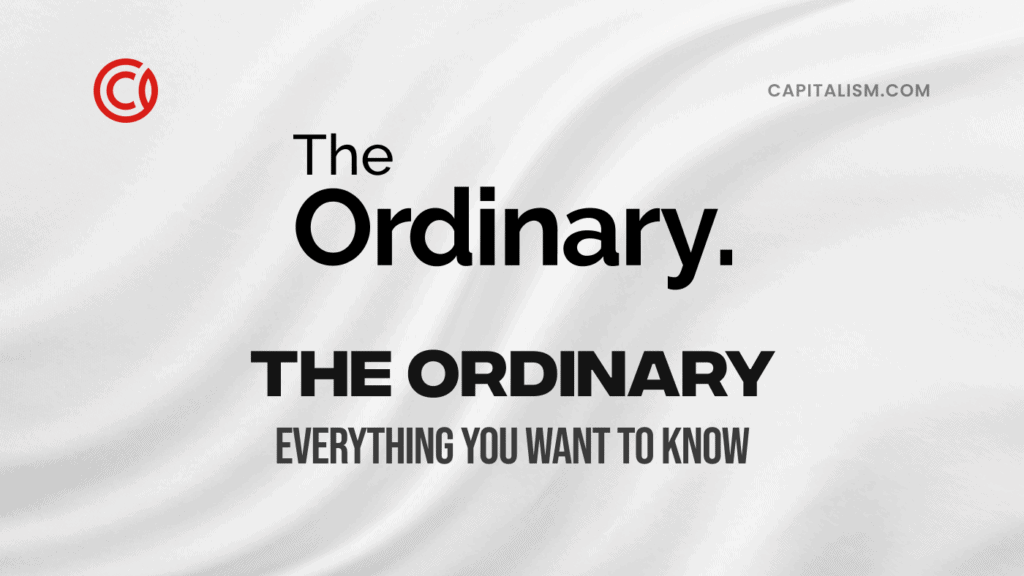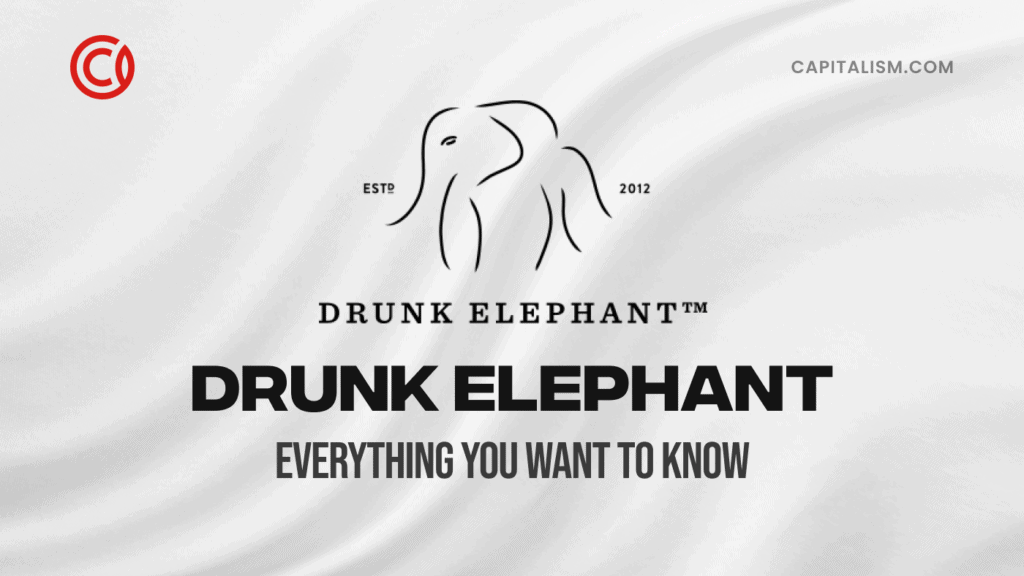How a Lost Pair of Glasses Inspired These MBA Students to Reinvent the Eyewear Industry and Build Warby Parker
During a backpacking trip across Southeast Asia, David Gilboa accidentally left his prescription glasses on an airplane. This mishap should have been a minor annoyance, but he soon realized it would cost over $700 to replace them. That was more than the price of his iPhone! And as a full-time college student, buying a new pair was way out of his budget. But, little did he know, losing his glasses was about to become a blessing in disguise. That's because it inspired the start of Warby Parker.
After returning home, David complained about the egregious cost of glasses with Neil Blumenthal, Andrew Hunt, and Jeffrey Raider. The guys were MBA students at the Wharton School of Business. They all wore glasses, and they decided at that moment to reinvent the eyewear industry.
In February 2010, the four of them launched Warby Parker. And just three weeks later, the brand would exceed its annual sales target and sell out of stock completely. Now, more than a decade later, there's serious talk about the brand going public with a $3B valuation. While the first decade focused on online sales, now the growth plan includes hundreds of brick-and-mortar stores.
Shaking Up the Eyewear Monopoly
David, Neil, Andrew, and Jeffrey founded Warby Parker to sell fashionable eyewear for less. To do that, the founders had to answer one burning question: Why do glasses cost so much?
The eyewear industry wasn't new territory for Neil. He once ran VisionSpring, a nonprofit dedicated to training women in third-world countries to perform vision screenings and sell glasses. Neil realized the same glasses selling for hundreds of dollars in the U.S. only cost a few bucks to produce. The only difference was the name-brand logo.
Up until that point, the eyewear industry was a monopoly. Luxottica took up most of the market share. In early 2009, Luxottica controlled nearly 80% of the major eyewear brands, including Ralph Lauren, Chanel, and Versace. And this gave them the power to price $25 frames at $500 or more.
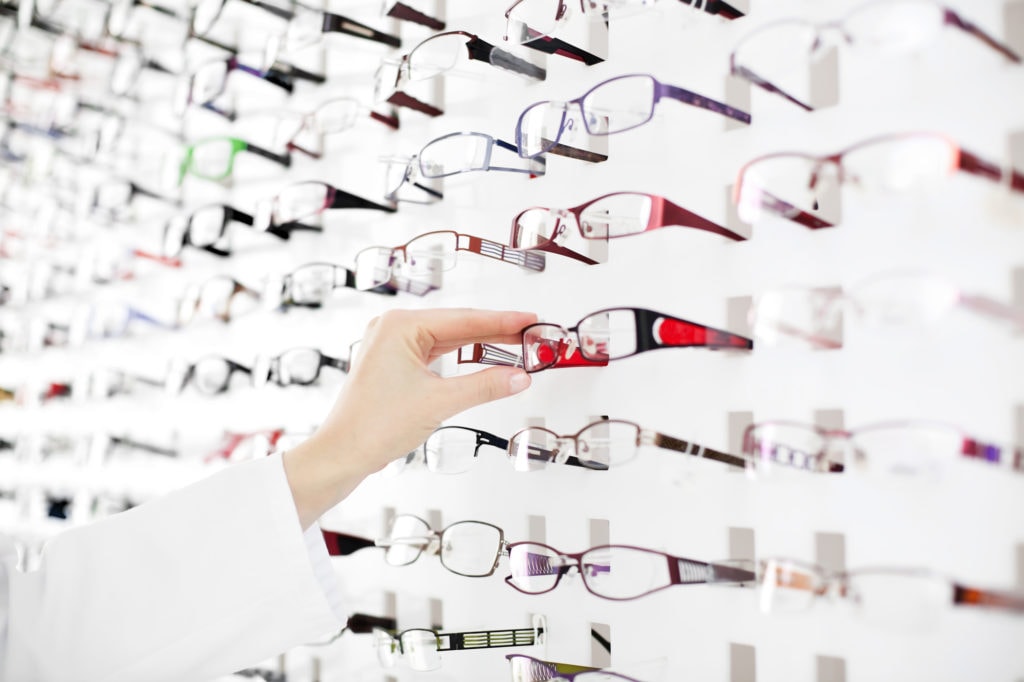
The four MBA students knew these markups were ridiculous. A direct-to-consumer business model would allow them to sell high-quality glasses for wholesale prices. And it would cost them even less to do it all online.
However, buying glasses online was unheard of at the time. The few companies doing it weren't very successful, making it impossible to find an investor. Instead, the classmates each contributed $30K—pretty much their entire life savings. They bootstrapped the business out of their apartments.
Um, What's a Warby Parker?
Coming up with a brand name was perhaps the most challenging part of launching the business. A few companies were selling glasses online, but they all had names like "Glasses for Less" or "Glasses to Go." Unfortunately, none of these brands were relatable or even memorable. So David, Neil, Andrew, and Jeffrey knew they had to come up with something better.
The guys spent over six months brainstorming possible names—over 2,000 names, to be exact. Whenever something new popped into their heads, they would ask family, friends, and peers for feedback. Then, instead of being just an eyewear company, they decided to become a fashion brand first. That meant coming up with a proper, sophisticated name.
After reading some unpublished diaries by Jack Kerouac, David stumbled across two characters—Warby Pepper and Zagg Parker. He thought the names were interesting and decided to combine the two. And since the others were already huge Kerouac fans (the company gives every new employee a copy of Dharma Bums), Warby Parker stuck. Besides, it sounded distinguished without being gimmicky. Plus, the website domain only cost $9. Score!
The Innovative Warby Parker Business Model
Warby Parker's founders knew e-commerce was the right choice. But there were some significant drawbacks to selling glasses online. Buying glasses is highly personal. Everyone has different tastes. What looks fantastic on one person might look terrible on another. There had to be a way for customers to buy online with confidence.
For nearly 18 months, David, Neil, Andrew, and Jeffrey spent all their free time conducting industry research. They talked with customers about glasses styles. They even camped out in optical shops to watch shoppers in action. Soon, they realized buying glasses online meant uncharted territory for their target audience. And they needed a compelling way to make customers feel comfortable with the process.
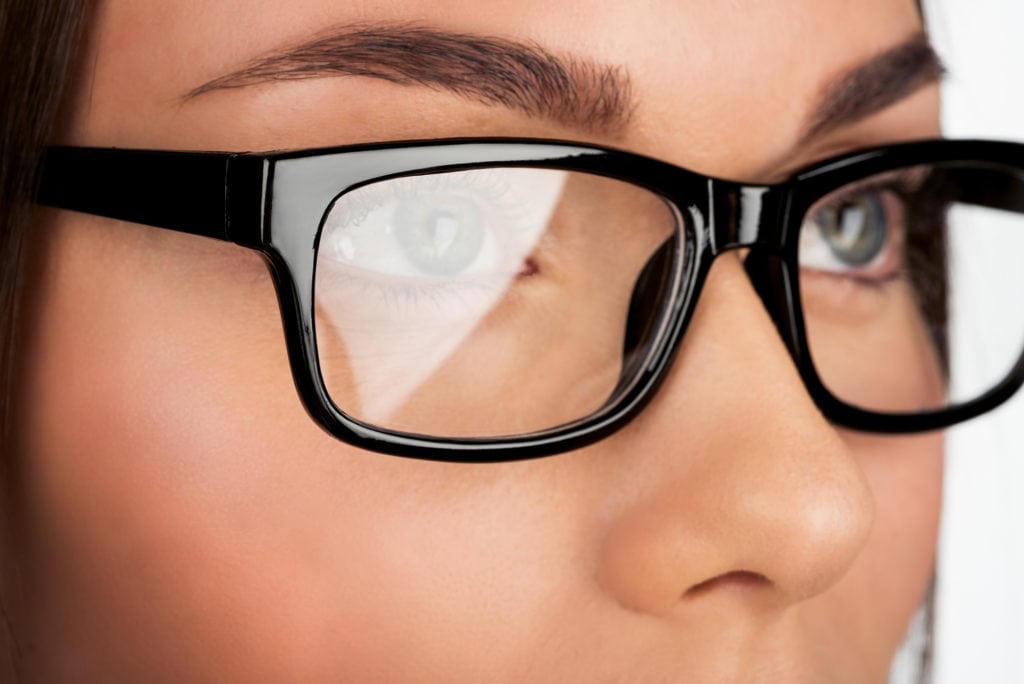
The perfect pair of glasses looks fantastic and fits like a dream. However, it's tricky to imagine how frames look without trying them on first. The solution? A home try-on program. Customers could order up to five pairs of Warby Parker glasses and have them shipped to their homes for free. It would offer shoppers a convenient, risk-free way to find their perfect frames. And it would soon set the company on a fast-climbing trajectory.
Oops… 20,000 Pre Orders with No Inventory to Fulfill
As Warby Parker's launch date neared, the founders rushed to gain visibility. Since they wanted to present the company as a fashion brand, Neil felt it would be best to hire a fashion publicist. The publicist set up meetings with major fashion publications. As a result, both Vogue and G.Q. magazines decided to feature the startup in their March 2010 issues.
There was just one problem—the brand's website was still under construction. Neil felt he had enough time to get it up before the issues hit newsstands. However, he soon learned the magazines would release on February 15, 2010, a full two weeks earlier than anticipated.
The four founders rushed to finalize everything. They launched the Warby Parker website in the nick of time. But they forgot one thing—a sold-out function.
Within just 48 hours of launching, shoppers flooded the website to take advantage of $95 glasses. And customers unknowingly continued placing orders even after the company ran out of inventory. As a result, the brand hit its first year's sales target three weeks later. But Warby Parker also found itself with a 20,000-customer waitlist.
Most brands in this predicament would simply cancel the outstanding orders. But Neil knew doing so wasn't in the best interest of his company. So instead, he emailed everyone on the waitlist to apologize and explain the situation. As he told Inc., "That really set the tone for how we would run customer service."
Fast Facts About Warby Parker
Here are some fun tidbits about your favorite online glasses company:
Luck of the Draw or Deliberate Branding?
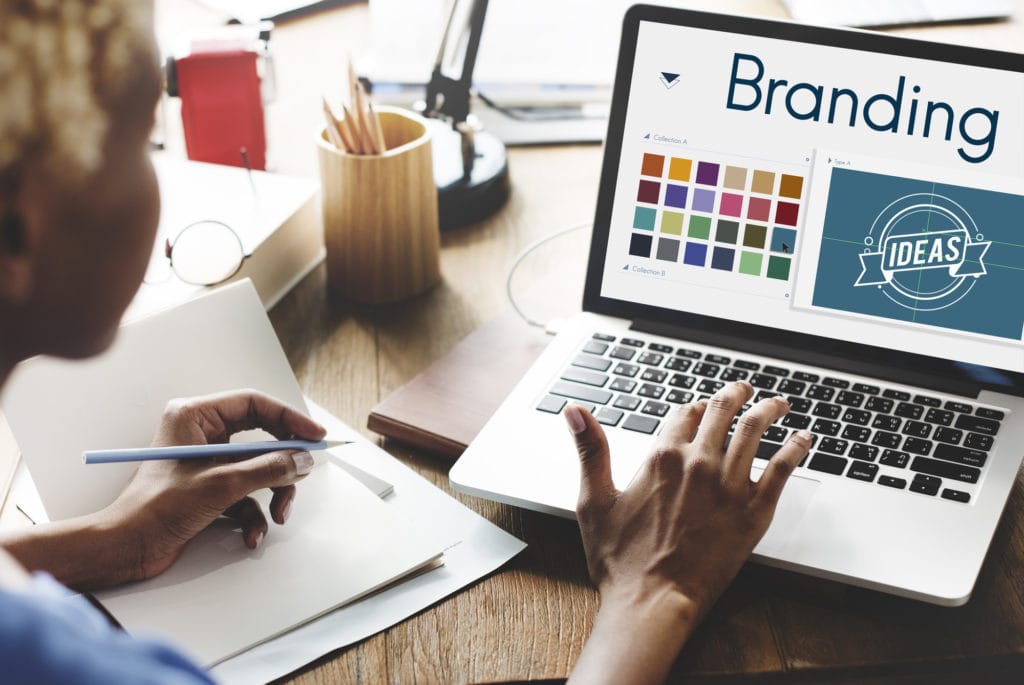
David, Neil, Andrew, and Jeffrey didn't cross their fingers and hope for the best when they launched Warby Parker. Instead, they focused on deliberate branding to set the company apart from similar brands. And after hitting a $3B valuation, that method paid off big time. Here's how they did it:
Positioning
The founders knew they only had one shot at making it work. After all, customers are fickle beings. One wrong move could cancel their brand permanently. To overcome this possibility, the brand decided to focus on positioning.
Brand positioning is a tactic used by some of the most successful companies. It involves distinguishing your brand from what's already out there. Positioning creates a specific image or ideology that determines how customers perceive a brand. It doesn't focus on perfecting an original product. Instead, it's about taking up space inside the customer's mind.
Warby Parker decided to position itself as THE place to purchase affordable glasses online. And it worked. Were they the first to attempt this? Absolutely not, but they marketed themselves to be the best. And now, the brand is synonymous with online eyewear.
Service
Superior service keeps brands afloat. According to HubSpot Research, 93% of customers will make a repeat purchase if they receive excellent customer service. But if a brand provides a lousy customer experience, it can cost them dearly. Poor customer service costs businesses over $75 billion annually, as reported by Forbes.
Once you obtain customers, it's your job to make sure they don't stray. After all, it costs more to acquire a new customer than it does to retain a current one. It's essential to view loyalty as a marriage. And the Warby Parker customer service model does just that.

What is special about Warby Parker? Unsurpassed customer service. The brand responds to every email and social media message. Friendly employees help customers pick out the right pair of glasses through personal interactions. And the company will even create short videos to answer complex inquiries. As Neil said in a Foundr interview, "Do whatever it takes to make customers happy and make them feel good—smile, personal notes, whatever it takes."
Novelty
There are two ways to attract customers: familiarity and novelty. Familiarity is the safe route many brands choose to take. But this path is often saturated with competitors. Novelty, on the other hand, introduces potential customers to new and exciting things. And while novelty may be the riskier route, it's often the more successful.
Why is Warby Parker so popular? It provides novelty—the founders didn't want to copy something that already existed. Buying glasses online was unheard of before the brand launched. Its home try-on program completely reinvented how people buy eyeglasses. Customers can purchase a new pair of Warby Parker sunglasses without leaving their homes. And the entire novelty experience costs less than heading to a local optical shop.
Innovation in the Eyewear Industry
Innovation helped build Warby Parker into the eyewear powerhouse it is today. But the founders don't plan on stopping anytime soon. Instead, they want to continue utilizing technology to help reach more glasses wearers.
In 2019, the brand launched a mobile app with digital try-on capabilities. Everything in the app is true to scale. It uses augmented reality technology to show how the frames look and fit in real life. The Warby Parker virtual try-on feature played a crucial role in the brand's growth during the COVID-19 pandemic. It gave customers a safe, sterile way to try on new glasses without leaving their homes.
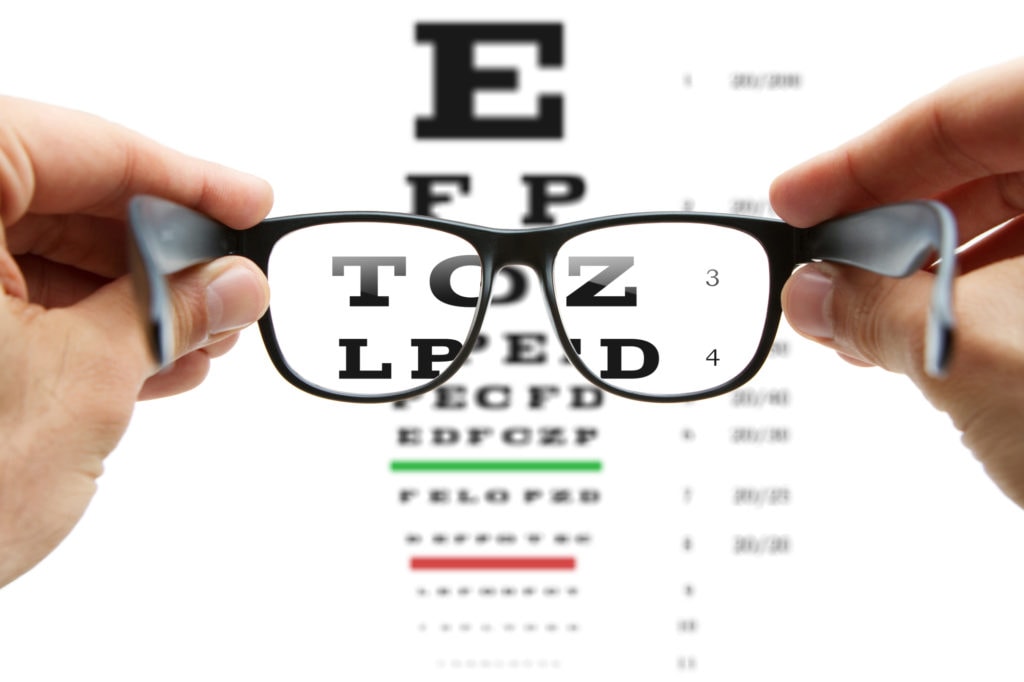
Warby Parker also ventured into telemedicine. The brand's iPhone app allows customers to take a vision test from home. After completing the test, the app sends the results to an ophthalmologist, who can then write a prescription remotely.
A Clear Future for Warby Parker
Glasses wearers paid a small fortune to see clearly before David Gilboa, Neil Blumenthal, Andrew Hunt, and Jeffrey Raider entered the eyewear industry. But, these former MBS students bootstrapped their e-commerce brand and thought outside the box to solve this problem. And thanks to their innovative thinking, customers can now buy a pair for as low as $95.
Warby Parker company goals have remained the same since launch. Provide customers with high-quality products, low prices, convenience, and exceptional service. The brand hit a $3B valuation in 2020 after raising $120 million in its latest funding round. And an IPO is in the works for later this year.
Barely a decade after launch, the brand continues to grow in popularity. And as the founders continue to embrace innovation and technology, we can see that Warby Parker has a clear future ahead.


